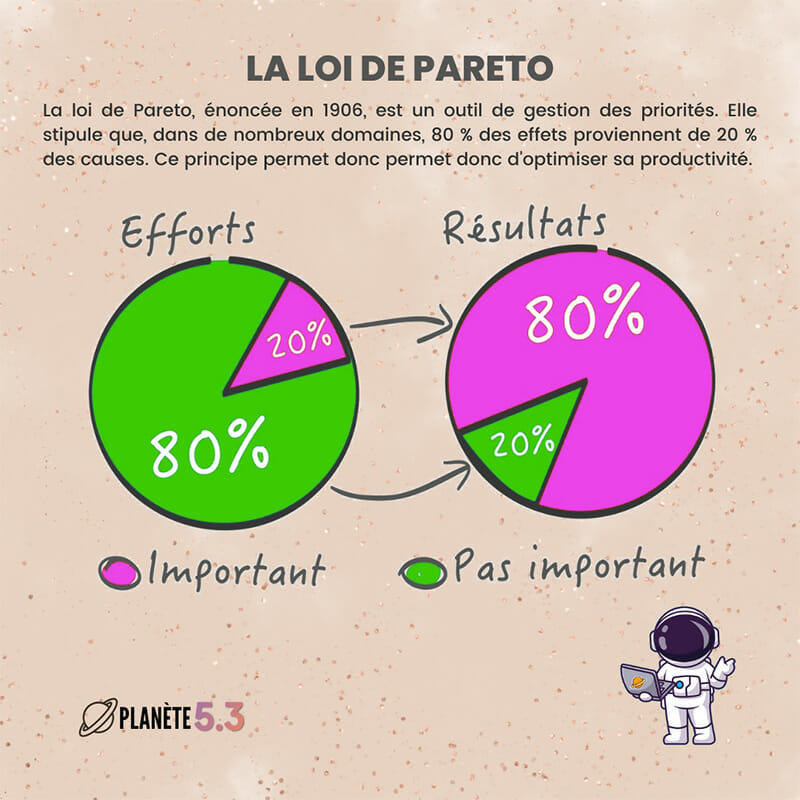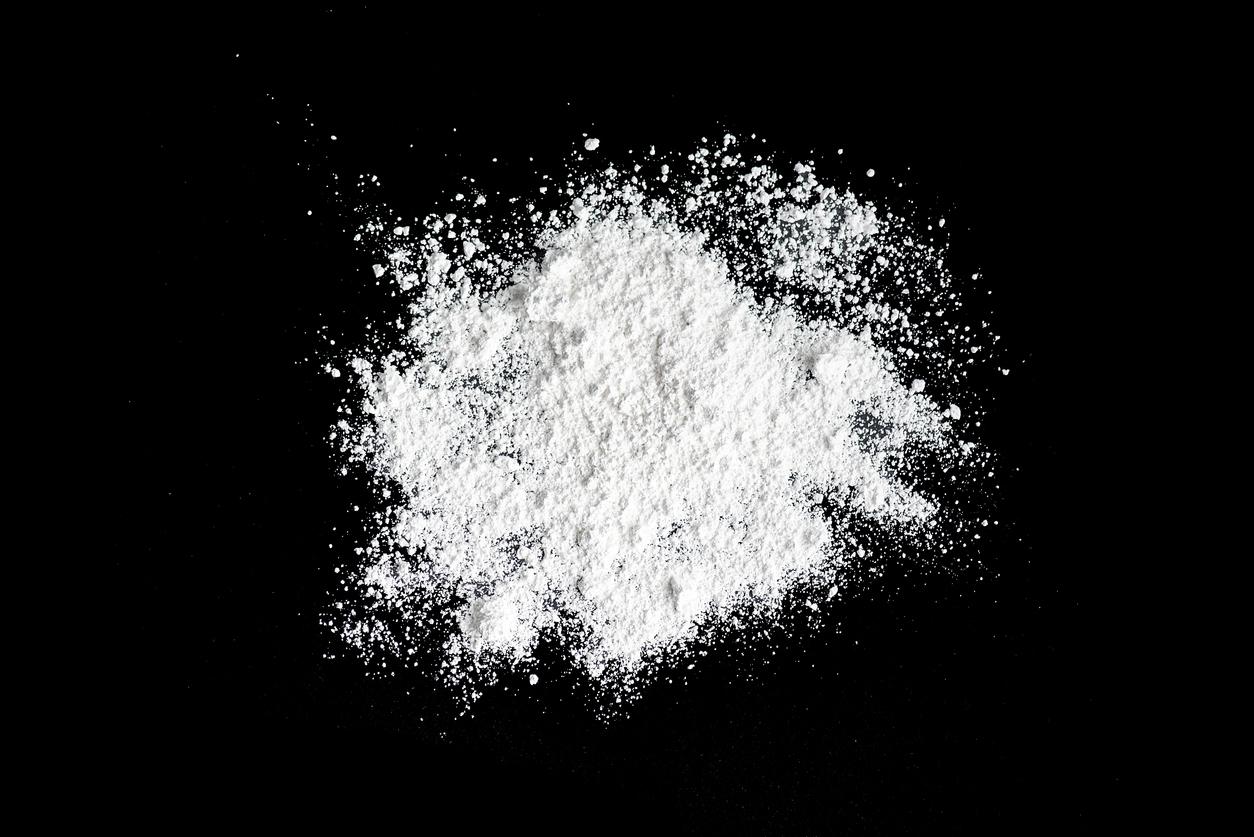Since July 1, the European Parliament has banned the use of dental amalgam in children under 15, pregnant and breastfeeding women. The mercury present in it could indeed present health hazards. We explain to you.

Goodbye dental fillings. Since the 1erJuly, dental amalgams, commonly called fillings, are banned by the European Parliament in children under 15, pregnant and breastfeeding women. If a dentist deems “strictly necessary for medical needs” to have recourse to this metal alloy resulting from a mixture of powder consisting of silver, tin and liquid mercury up to 50%, he must, from from 1er July 2019, use pre-dosed capsules and no more bulk mercury, this metal being considered toxic to health and the planet. The objective is “to phase out the use of dental amalgam” in the European Union “preferably by 2030”, notes the European Parliament in a regulation adopted on May 17, 2017. Each Member State will therefore have to present measures to this end by July 1, 2019 at the latest.
For 150 years, dental amalgam fillings have been widely used in practices due to their antibacterial properties, ease of use and durability. However, in recent years, several studies have established a link between mercury exposure and the development of neurological diseases such as multiple sclerosis, Alzheimer’s or Parkinson’s disease, in patients who have seen their health improve. after removal of dental amalgams. This is why, according to Marie Grosman, scientific advisor of the association No to dental mercury and author of Threat to our neurons (Actes Sud, 2011): “This decision is an implicit recognition of the dangerousness of dental mercury, at least on the developing brain”. Furthermore, according to the independent site Bastamag, dental amalgams “continuously release mercury in the form of vapors, which accumulates in the brain, kidneys or liver.”
However, this information should be put into perspective. Indeed, in his article on “the safety of dental amalgams”, the dental surgeon Michel Matysiak specifies: “A release of small quantities of mercury vapors can occur at oral temperature depending on the number (of amalgams present), chewing habits, texture and heat of food, (…) and tooth brushing “. The Ministry of Health also warns against the reliability of studies carried out on dental amalgam. “To date, no rigorous scientific study has been able to demonstrate the harmful effects of amalgam fillings on the general state of health of patients”, is it written on his site. What is more, “the daily doses of mercury absorbed (because of amalgams, Editor’s note) by the body are tiny and far below (8 to 10 times below) the thresholds at which toxic effects could begin to be observed”.
“An environmental problem and not of public health”
In 2015, the National Agency for Medicines and Health Products Safety (ANSM) wrote: “The epidemiological arguments existing in the literature concerning the possibility of health risk associated with the wearing of dental amalgams appear weak” . “It has been 150 years that amalgams have been used and until now, we have not found any correlation between neurotoxic diseases and the mercury of amalgams”, adds Dr. Dominique Chave, president of the committee for vigilance and therapies at the National Order of Dental Surgeons.
However, by “principle of precaution”, in France, the installation of dental amalgams has long been contraindicated for pregnant and breastfeeding women, as well as for patients with kidney damage, she explains, adding that “it is is an environmental problem and not a public health problem “. “The use of mercury in dental amalgam represents the most important use of mercury in the Union and constitutes a significant source of pollution”, is indeed indicated in the regulation of the European Parliament of May 17, 2017.
Thus, if the public health issue is debated, the environmental problem is accepted by all, French dentists having to use an amalgam collector to treat its residues. “The deposited amalgams end up in the dedicated recuperator, which recovers 95%. We then put them in cassettes, which are collected about twice a year by a specialized company “explains Dominique Chave.” I reduce my fillings with the amalgam, even if there are still cases where I use it because it has properties that other materials do not have. But there is a very significant decrease in the use of dental amalgam within the profession, for sure, “said Doniphan Hammer first vice-president of the National Confederation of Dental Unions (CNSD) and practitioner in Poitiers. “In general, we use less and less amalgam, mainly for aesthetic reasons. People prefer composites or ceramics, ”concludes Dominique Chave.
.















